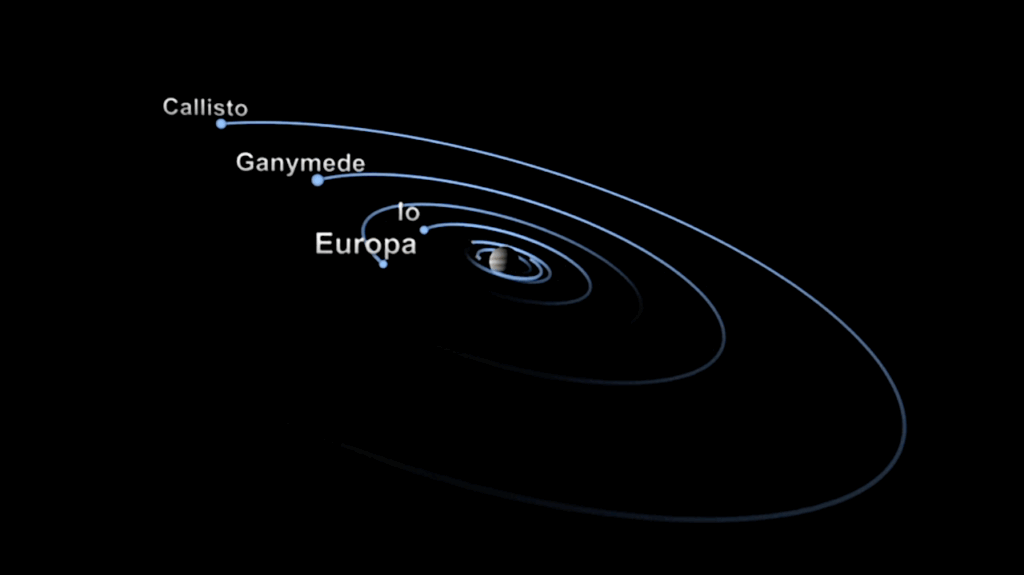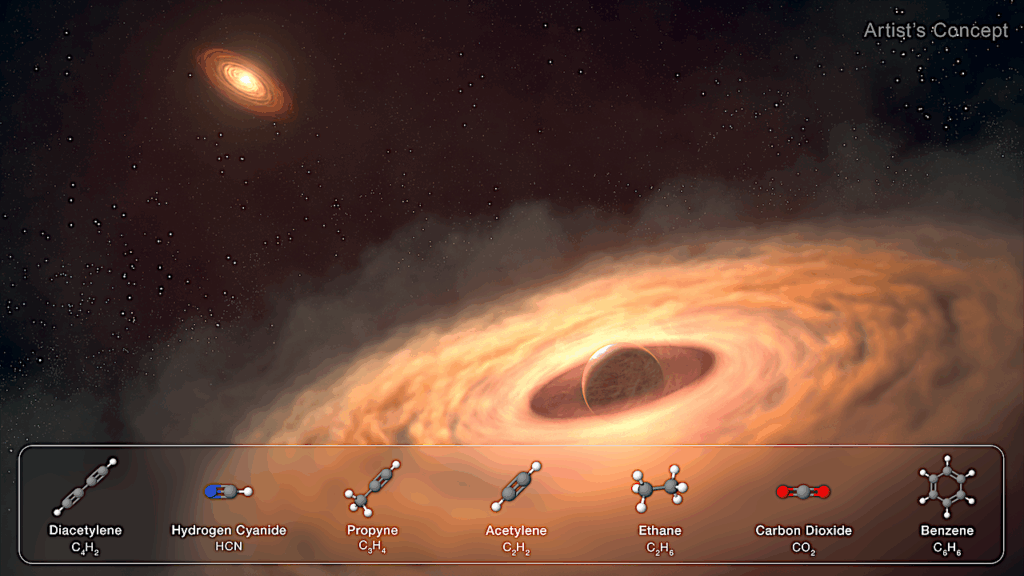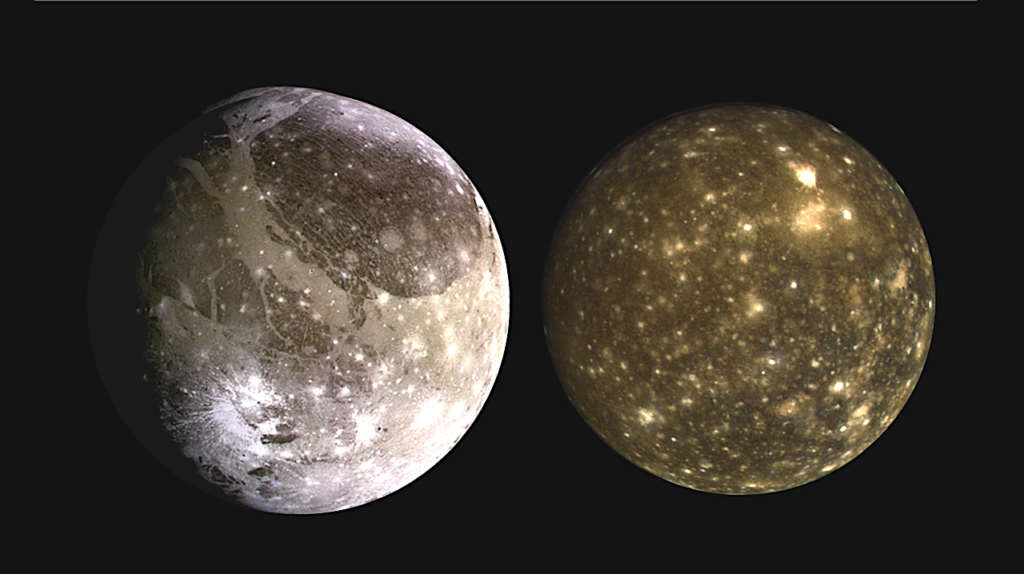The Optical Aurorae of Europa, Ganymede and Callisto

The tenuous atmospheres of the Galilean satellites are sourced from their surfaces and produced by a combination of plasma-surface interactions and thermal processes. Though thin, these atmospheres can be studied via their auroral emissions, and most work to date has focused on their aurora at UV wavelengths.
Here we present the first detections of Ganymede’s and Callisto’s optical aurorae, as well detections of new optical auroral lines at Europa, based on observations of the targets over ten Jupiter eclipses from 1998 to 2021 with Keck/HIRES. We present measurements of OI emission at 6300/6364, 5577, 7774, and 8446 A and place upper limits on hydrogen at 6563 A. These constitute the first detections of emissions at 7774 and 8446 A at a planetary body other than Earth. The simultaneous measurement of multiple emission lines provides robust constraints on atmospheric composition.
We find that the eclipse atmospheres of Europa and Ganymede are composed predominantly of O2 with average column densities of (4.1 \pm 0.1) x 10^{14} cm^{-2} and (4.7 \pm 0.1) x 10^{14} cm^{-2}, respectively. We find weak evidence for H2O in Europa’s bulk atmosphere at an H2O/O2 ratio of ∼0.25, and place only an upper limit on H2O in Ganymede’s bulk atmosphere, corresponding to H2O/O2 < 0.6. The column density of O2 derived for Callisto is (4.0 \pm 0.9 x 10^{15} cm^{-2} for an assumed electron density of 0.15 cm^{-3}, but electron properties at Callisto’s orbit are very poorly constrained.
Katherine de Kleer, Zachariah Milby, Carl Schmidt, Maria Camarca, Michael E. Brown
Comments: Published in Planetary Science Journal
Subjects: Earth and Planetary Astrophysics (astro-ph.EP)
Cite as: arXiv:2302.08487 [astro-ph.EP] (or arXiv:2302.08487v1 [astro-ph.EP] for this version)
Journal reference: PSJ 4, 37 (2023)
Related DOI:
https://doi.org/10.3847/PSJ/acb53c
Focus to learn more
Submission history
From: Katherine de Kleer
[v1] Thu, 16 Feb 2023 18:47:46 UTC (3,825 KB)
https://arxiv.org/abs/2302.08487
astrobiology








